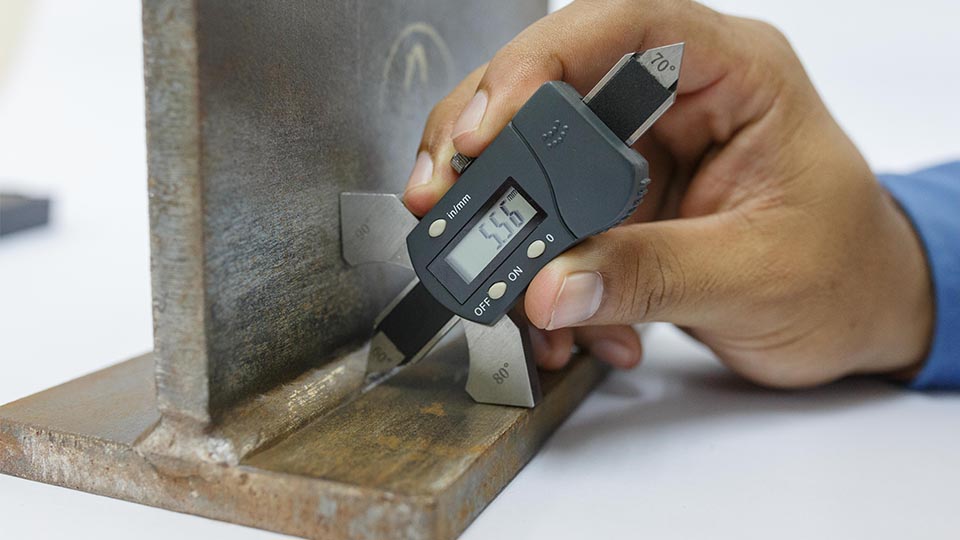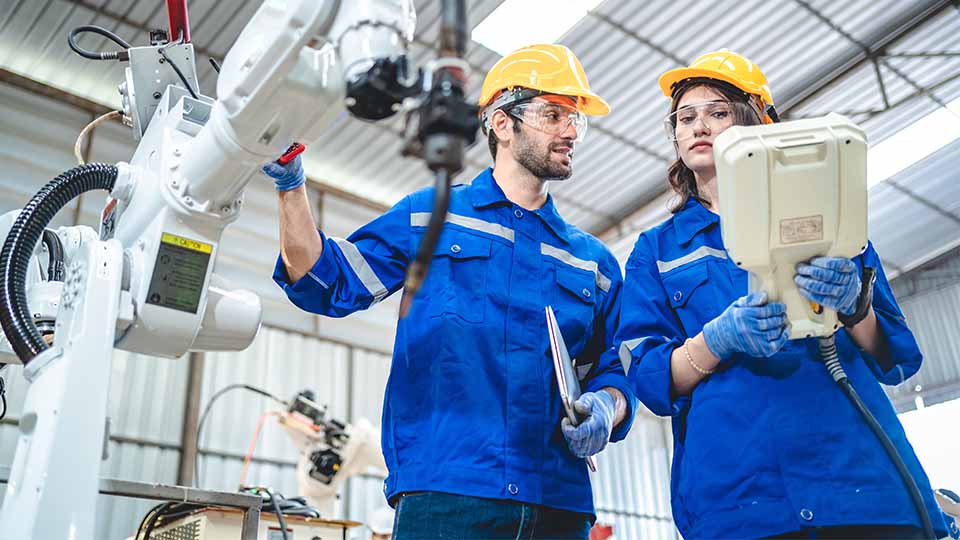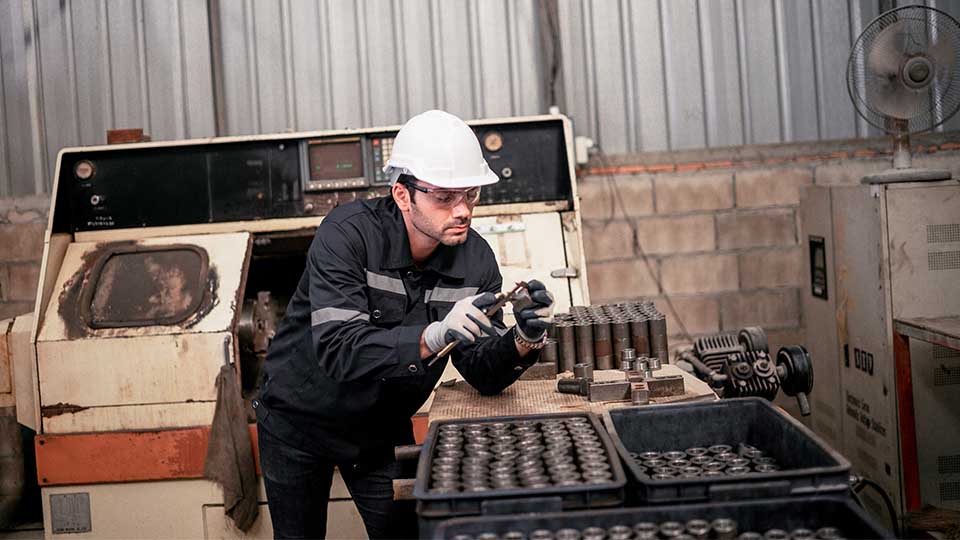Industrial automation machines aren’t just taking over, they are helping businesses work smarter. Industrial automation has fundamentally reshaped manufacturing, packaging, and distribution across many different industries. But getting started isn’t always that simple. From choosing the right automation equipment to finding the right talent to support the equipment, there’s a lot to think through.
In this guide, I will break down what industrial automation really means, the tools involved, the ups and downs that might occur, and how to support your project with the right technical experts.
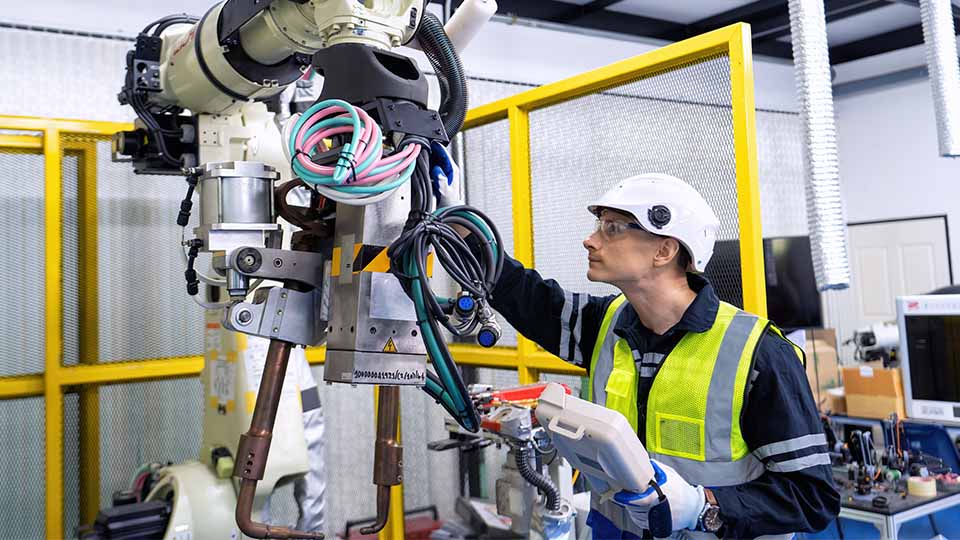
What is industrial automation?
Industrial automation is the combination of using machines, control systems, and software to handle tasks or applications that were once done manually. It’s commonly used in manufacturing to speed up production, reduce downtime, and cut down on labor costs. Instead of having employees perform repetitive or monotonous tasks every day, companies can now use automation equipment like industrial robots, conveyors, sensors, and programmable logic controllers (PLCs) to do this job.
It is not just about the automation hardware and software. Making sure these systems are functioning at capacity often means using automation contracting services to support robot or PLC programming, troubleshooting equipment, maintenance, and performing remote check-ins to make sure there are no inefficiencies in the production line. These parts all work together to create automation systems that will eventually need very little help from the employees to run.
It is good to remember that industrial automation isn’t just about the automation of machines, equipment, and systems. It is about them as a whole, working together in their ecosystem of software and hardware, and making sure you have the right people around automation who know exactly how to use them. The end goal is a faster, more consistent program that results in fewer errors with higher production volume.
What are common industrial automation solutions?
Industrial automation systems are not a one-size-fits-all type of setup. Different industries use different automation tools based on what they are trying to produce, whether that’s better product quality, faster production, waste reduction, or reducing downtime in manufacturing.
The good news? There is a wide range of automation tools and technologies that can be adapted to support a vast number of industries. Want to be more productive, reduce downtime, and boost product efficiency? Then check out the solutions I list below.
Programmable Logic Controllers (PLCs):
PLCs are small computers used to control industrial machines and systems. Equipment monitoring, adjustments, and performance data reviews are all possible for operators using these interfaces. These systems are extremely quick and reliable for communicating inputs and outputs with a system.
For example, a PLC can tell a conveyor belt to stop when an item reaches a certain point or trigger an alarm if there is a fault or error in the system.
Human Machine Interfaces (HMIs):
HMIs are the screens or panels that allow people to interact with automated machines and equipment. Through the interface, operators, technicians, or engineers can monitor the automated system, make adjustments, view system alerts or errors, and review performance data. They are similar to the dashboard of your car, providing you with the internal car’s data, but HMIs provide the factory’s data.
HMIs make it easier to manage these complex systems by putting all the important information in a single place. Early problem identification and streamlined software decision making are the biggest benefits of using HMIs. A properly built interface will cut through any confusion the system might have and help get the end-user to the solution faster, resulting in better organization and management. Company workers are less confused and will, in turn, be far more efficient with their troubleshooting time.
Industrial Robotics And Motion Control:
Industrial robots, motion control, and drive systems handle the actual tasks of physically moving products. They can be very precise and repetitive with these tasks. Parts get assembled, components welded, materials moved, or picked and placed, at extremely high speed. thanks to the robotic arms, motors, and drive systems in these setups.
Robots and other automated equipment are ideal for repetitive, strenuous, or dangerous work, for the kinds of jobs too risky for humans. Jobs that need highly consistent performance rely on these motion controllers smooth, exact movement every time.
Sensors And Vision Systems:
Temperature, pressure, speed, and position sensors are key components used in automation to track data points. They keep the automated system informed, so it can rapidly respond to changes. When these sensors are combined with vision systems (essentially smart cameras), the automation systems can become even more powerful.
Automated vision systems can inspect products for defects, check alignment, and make sure everything on the production line meets the required dimensional standards. Better quality parts and customer safety are the results of detecting problems early. Using these high-tech vision systems prevents small, undetected issues from becoming much bigger issues later down the assembly line.
Industrial Software And SCADA:
In the background of any automated systems, the industrial software is what keeps everything connected. Supervisory control and data acquisition (SCADA) systems let operators view real-time data, control equipment, and spot issues before they cause downtime. These systems platforms collect data from across the operation and display it in a way that’s easy to understand. With just a few clicks, teams can check performance, adjust settings, and manage the full setup.
Testing and Inspection:
Automated testing and inspection tools check parts to make sure they meet exact specifications. These inspection systems can detect small flaws that a human eye might miss, which helps maintain high product quality from the start. These testing tools will run checks at different stages of production, catching issues before they cause major failures. This saves time, reduces waste and scrap parts, while maintaining high quality standards.
The benefits of industrial automation:
The reason companies need industrial automation is because it brings real and measurable value to businesses across so many industries. Automated machines help eliminate inefficiencies in the production line, but the real key is reducing downtime, faults, errors, and waste. That is how you boost your production and compete in todays global market.
Below, I list some of the top benefits of using industrial automation:
- Improved Accuracy: Automated machines follow the instructions programmed in their software and cut down on the potential for human errors.
- Higher Productivity: Automated systems run faster and longer, increasing output without lunch breaks, shift change, and usually no extra labor is required to operate.
- Better Product Quality: Now with consistent automated processes and real-time monitoring, product quality stays consistent and maintains its high standard.
- Lower Long-Term Costs: After the initial capital cost, most companies will see the ROI on industrial automation equipment start to have a positive return after 36 months.
- Stronger Safety: Dangerous or repetitive tasks can now be handled by industrial automation systems, which keeps workers safe and out of harm’s way.
- Real-Time Data Collection: Sensors (position, pressure, temperature) and software provide live system updates, helping managers make quick and informed decisions is issues arise.
- Scalability: As demand grows or slows, it’s easier to scale up or down operations with automation systems now in place.
Industrial automation isn’t just for big factories anymore. These benefits can be incorporated even with smaller businesses that automate by purchasing used or refurbished industrial robots or equipment at a slower pace and still see meaningful results. With the right people and setup, automation can help companies do more with less and improve overall quality.
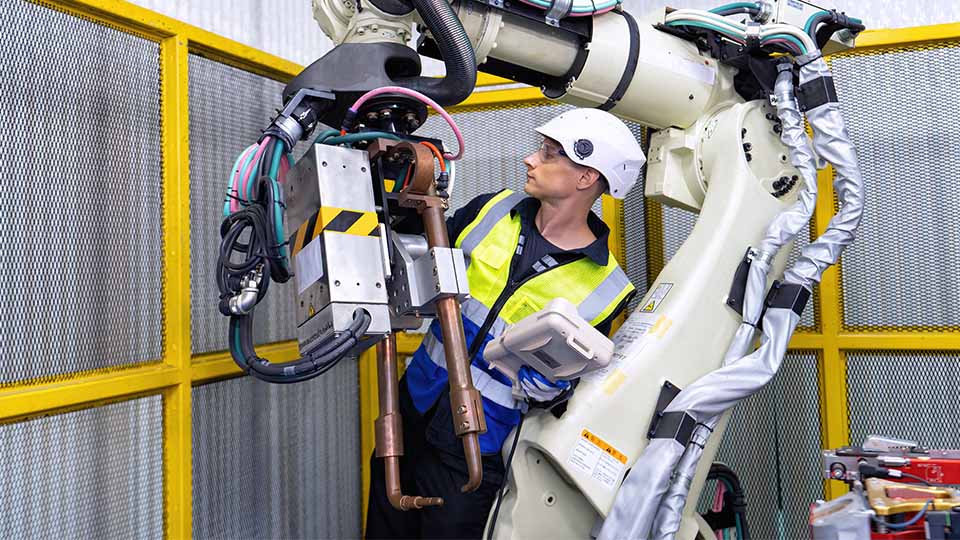
What are the challenges of adopting industrial automation?
Industrial automation has its benefits, but not everything is easy with industrial automation. Below, I discuss why some companies fail with industrial automation.
- If you don’t know where to purchase automation machines, then it can be difficult to find the right equipment you need to install or integrate into your current process.
- The initial cost of equipment, setup, and training can be high. Your automation systems need more than just installation. They require programming and consistent maintenance to prevent costly problems down the line.
- If you don’t have a technically skilled, experienced staff, and your automation systems are not configured correctly from the start, you risk delays and added expenses. This is why some companies fail with industrial automation.
- Older equipment may not work well with newer automation systems, and some processes might need to be adjusted or redesigned entirely. On top of that, teams may be hesitant to trust unfamiliar automation technology or worry about future job security, which doesn’t boost team morale.
Because of these challenges, businesses often need expert staffing support. That’s where companies like to use contract industrial automation support. They handle the technical side of the project. Everything from design and setup to troubleshooting and installing, so companies don’t have to figure things out on their own. Finding the right engineering contractors can make a big difference in getting industrial automation set up right!
How can businesses leverage contract engineering labor support for industrial automation projects?
Not every company needs a full-time automation engineer on their staff. For installation projects, KIT changes, or maintenance work, sometimes temporarily hiring contract engineers offer a more flexible and cost-effective option for a company. They already have the knowledge and automation skills and do not need to be trained on how to use the equipment.
Below, I list how businesses benefit from using industrial automation contractors.
- Specialized Skills: They bring in experience with automation systems across different industries.
- Lower Costs: Pay only for the work you need done, when you need it, and without having to pay for full-time salary or benefits.
- Faster Results: Skip the long and drawn-out hiring process and have your team start working immediately on your project.
- Flexibility: Companies can now scale a team up or down depending on each project’s needs.
- On-Demand Support: Get help during installations, when workers quit, during shutdowns, or support current production.
Essentially, temporary automation engineering staffing support makes it easier to manage automation projects without the pressure of building a permanent team. Hire who you need when you need them!
Find an industrial automation expert on JOINER Services.
Getting the right industrial engineer for the job can make or break your automation project. With JOINER Services, you can skip the guesswork and connect directly with experienced freelance automation engineers who know how to get automation projects done.
JOINER Services is built for businesses that need skilled temporary labor support without jumping through hoops. Finding the right engineer for your automation to help with automation equipment, system upgrades, or ongoing support.
Finding contract engineers is simple when using our engineering service platform. Instead of wasting time searching or hiring someone full-time when you don’t need to, JOINER lets you stay focused on your goals while they focus on providing you with qualified professionals.

Join now and create a free business profile and start looking for the right expert today!
FREQUENTLY ASKED QUESTIONS:
Below, I discuss some FAQs about industrial automation solutions.


